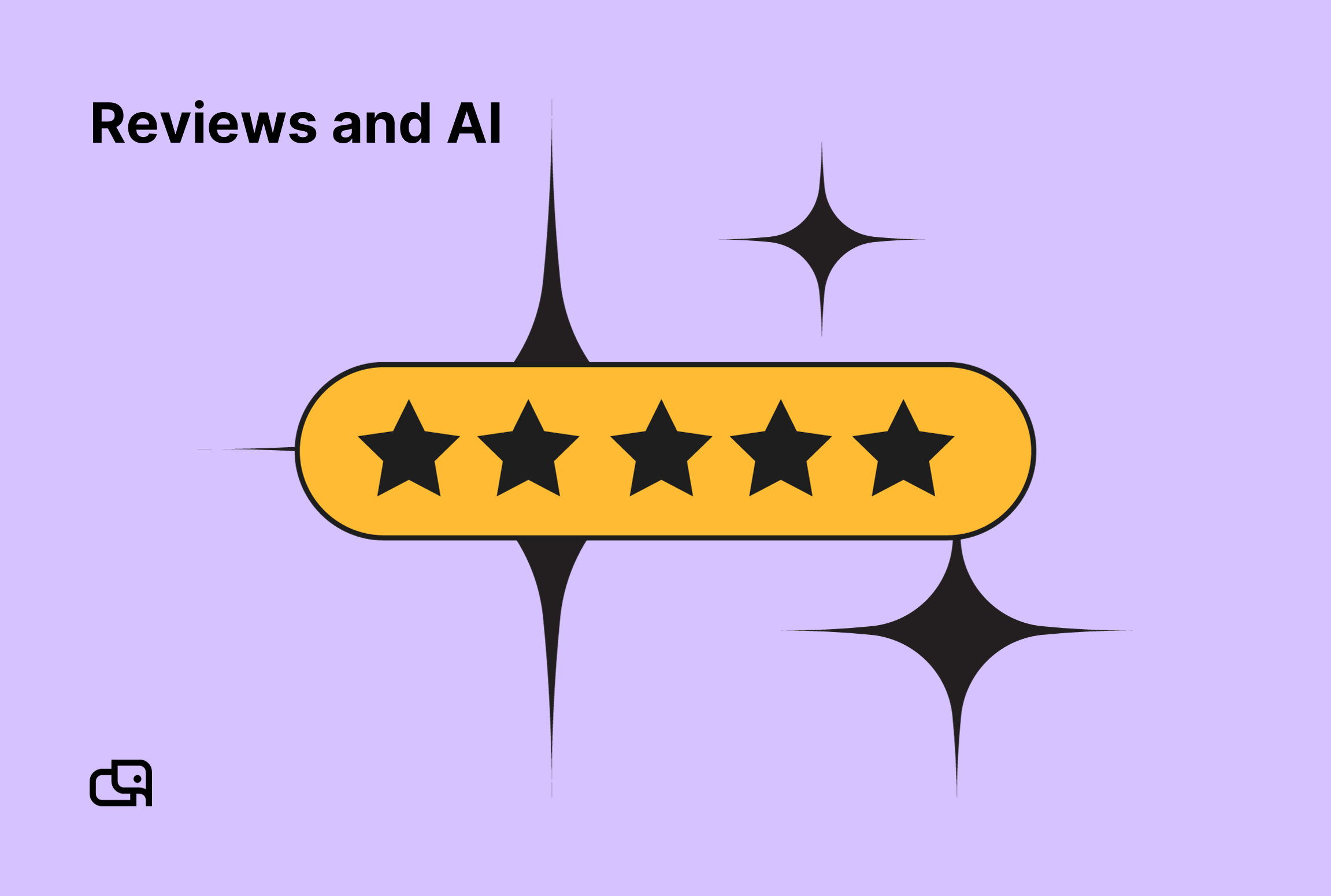How to Analyze Survey Results With AI?

In the age of digital transformation, artificial intelligence (AI) is revolutionizing various sectors, including data analysis. One area where AI is making a significant impact is in the analysis of survey results. With the ability to process massive amounts of data quickly and accurately, AI can provide insights that were previously unattainable. But how exactly does this work? Let's dive in and explore.
Understanding AI in Data Analysis
AI is a broad term that encompasses various technologies, including machine learning (ML), natural language processing (NLP), and deep learning. These technologies enable machines to learn from experience, understand language, and make predictions or decisions without explicit programming.
According to a report by PwC, AI could contribute up to $15.7 trillion to the global economy by 2030. This potential is largely due to AI's ability to analyze data more efficiently and accurately than humans. With the ability to process and analyze large datasets, AI can uncover patterns and trends that would be difficult for humans to detect.
Role of AI in Survey Analysis
Surveys are a common tool for gathering information in various fields, from market research to social sciences. However, analyzing survey results can be a daunting task due to the volume of data and the complexity of interpreting responses. This is where AI comes in.
AI can automate the process of survey analysis, making it faster and more accurate. It can handle both quantitative and qualitative data, providing comprehensive insights into the survey results. For example, AI can use NLP to analyze open-ended responses, identifying key themes and sentiments.
How to Analyze Survey Results with AI
Now that we understand the role of AI in survey analysis, let's look at the steps involved in analyzing survey results with AI.
Step 1: Data Preparation
The first step in any data analysis process is data preparation. This involves cleaning the data to remove any errors or inconsistencies, and formatting it in a way that can be processed by the AI system. This might involve converting text responses into numerical values or categorizing responses into predefined groups.
According to IBM, data scientists spend up to 80% of their time on data preparation. However, with AI, this process can be automated, saving time and reducing the risk of human error.
Step 2: Training the AI Model
Once the data is prepared, the next step is to train the AI model. This involves feeding the model with a portion of your data, allowing it to learn and make predictions. The accuracy of these predictions is then tested against a separate set of data.
Research by Google shows that more complex models, trained on larger datasets, tend to produce more accurate results. Therefore, the more survey data you have, the better your AI model will be at analyzing it.
Step 3: Analyzing the Results
After the AI model has been trained, it's time to analyze the results. The AI system can provide a variety of insights, depending on the type of survey data and the specific AI technology used. For example, it might identify trends in the data, predict future responses, or uncover hidden patterns.
A study by MIT found that AI can even outperform humans in some data analysis tasks. For instance, AI was found to be more accurate at predicting future events based on past data.
Benefits and Challenges of Using AI for Survey Analysis
Using AI for survey analysis has numerous benefits, including speed, accuracy, and the ability to handle large volumes of data. However, it also comes with its own set of challenges.
Benefits of AI in Survey Analysis
One of the main benefits of using AI for survey analysis is its speed. AI can process large amounts of data much faster than a human could. This means you can get insights from your survey data more quickly, allowing you to make informed decisions sooner.
AI is also more accurate than humans at analyzing data. It can detect patterns and trends that a human might miss, and it doesn't make mistakes due to fatigue or bias. A study by the University of California found that AI algorithms were more accurate than human doctors at diagnosing certain medical conditions based on patient data.
Challenges of AI in Survey Analysis
Despite its benefits, using AI for survey analysis is not without challenges. One of the main challenges is the need for large amounts of data. AI systems learn and improve by processing data, so the more data you have, the better. However, collecting and storing large amounts of data can be costly and time-consuming.
Another challenge is the risk of bias in AI systems. If the data used to train the AI system is biased, the system's predictions and insights will also be biased. This is a significant concern in many fields, and it's something that needs to be carefully managed when using AI for survey analysis.
Conclusion
AI is a powerful tool for analyzing survey results, offering speed, accuracy, and the ability to handle large volumes of data. However, like any tool, it needs to be used correctly to be effective. By understanding the steps involved in analyzing survey results with AI, and being aware of the benefits and challenges, you can make the most of this exciting technology.


.png)
